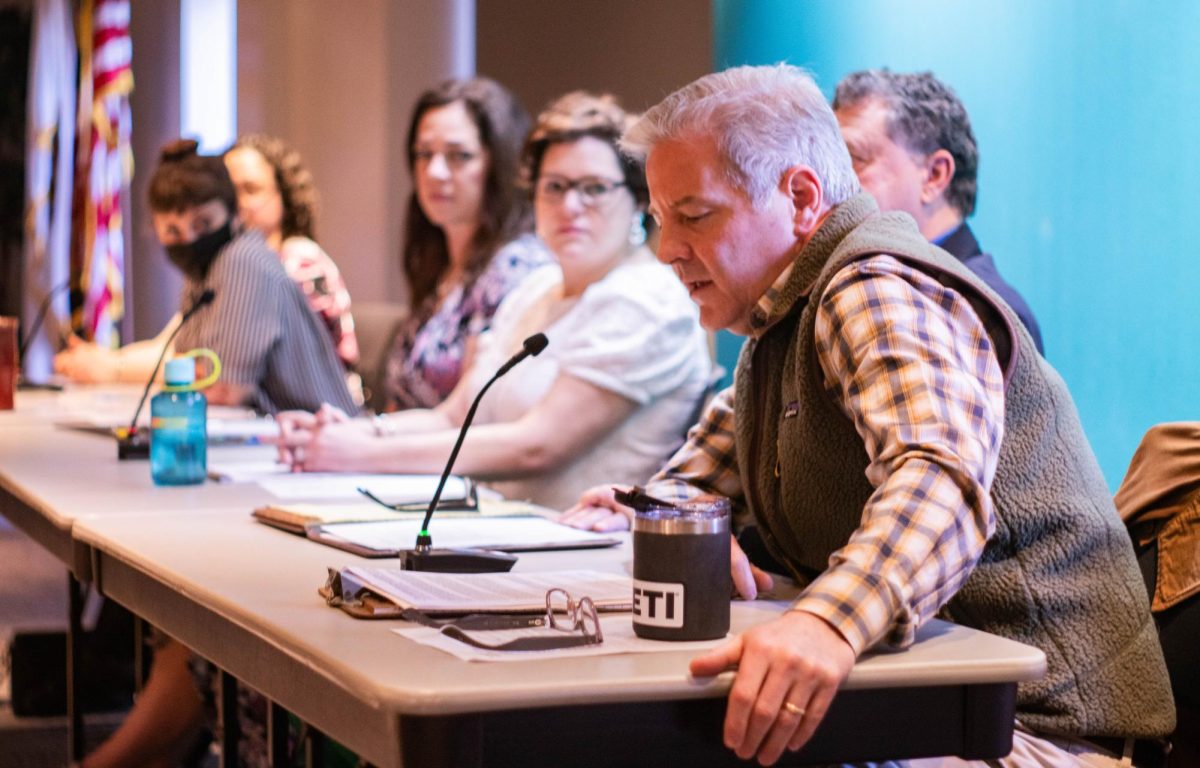The Arnold campus is home to reptiles, amphibians, mammals, insects, slugs and “everything else,” according to an AACC biology professor.
“In the spring we go around and just, even in an hour, we’ve recorded more than 50 species of birds on campus,” professor Benjamin Weibell said. “In the night, the foxes come through and there’s a couple of them that love to go through the parking lots and do that stuff.”
He added, “We get wild turkeys showing up on campus sometimes.”
Students around campus said they have seen butterflies, squirrels, crickets, bees, ducks, deer and multiple other critters.
Biology student Emily Price said she has seen ducks, deer and squirrels in the woods on campus.
“But I see squirrels, like, on campus, like, crossing the road all the time,” Price said. “And … skinks [or] lizards. I think someone in [biology] class said that … she saw a fox … but I haven’t seen any myself but that was cool.”
Weibell said more students reported animal sightings as they walked on the trail underneath the footbridge that connects the east and west sides of campus while the bridge was closed.
“If you just kind of stand there and watch and listen, you’ll see things,” Weibell said.
Nobody knows how many kinds of animals live on campus, but Weibell said he would like to count them.
“I think it would be fun for us to actually do an official catalog and monitoring of what species are on campus,” Weibell said. “It would be fun to have this campus species list and keep track of it and students who are interested in adding to the data set. So we may do that sometime.”
Still, Weibell said students should not interact with wild animals on campus.
“It’s not really good for wildlife, for most of them, to feed them or do other things,” Weibell said. “You know, birds are maybe an exception.”
Instead, “most of [it] would be observing, watching, listening … because it’s better for the wildlife if we’re not, like, handling them,” Weibell said.
Students who have volunteered to plant trees and gardens on campus “help wildlife,” Weibell said.
Weibell said his favorite campus critters are the birds.
“I mean, of the animals on campus, I’m … mostly a sucker for the birds that are on campus,” Weibell said. “Things like that are fun to watch.”


















